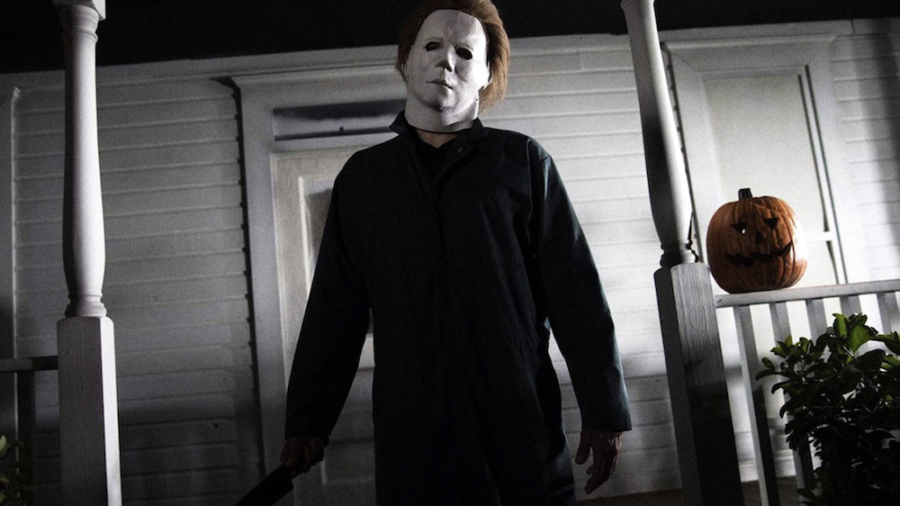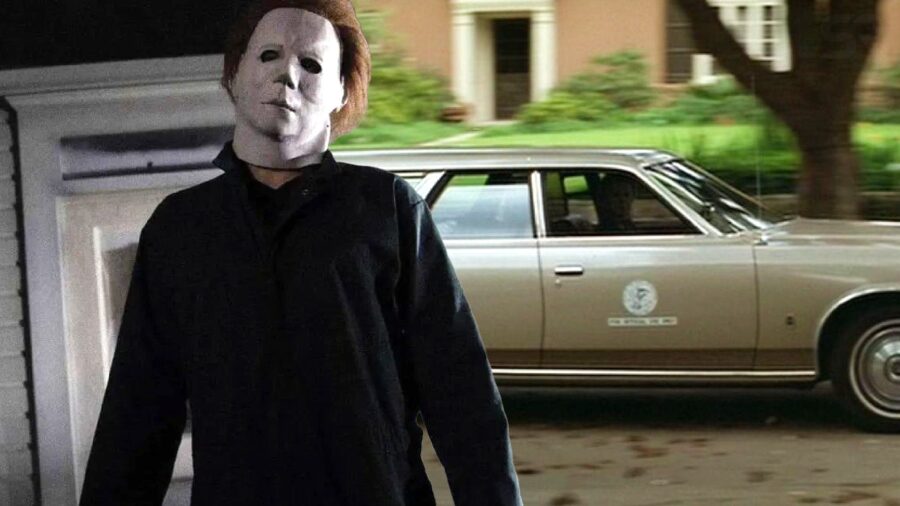1978’s Halloween Makes No Sense

There’s no denying the cultural impact of John Carpenter’s Halloween, and it’s widely considered to be on of the greatest slashers of all time for good reason. Though Alfred Hitchcock’s Psycho is considered to be the first slasher movie, 1978’s Halloween is the film that put the genre on the map, and established many of the tropes that we’re familiar with today. But trailblazers and trendsetters aren’t without faults, and we wanted to point out some inconsistencies that make absolutely no sense.
Listen, we’re not trying to write a hit piece here but rather point out the importance of suspending some disbelief while watching some of your favorite horror movies. We just want to have a little bit of fun, and illustrate the point that sometimes creative decisions have to be made to carry the story forward.
Or if you’re one of those people who are apprehensive toward horror movies, you might actually want to give Halloween a chance after reading this article because pointing out the plot holes found in universally loved properties is always good fun.
When Did Michael Myers Learn How To Drive?

Perhaps the biggest issue we’ve noticed with Halloween’s storytelling is the fact that Michael Myers knows how to drive a car. What’s more, he’s actually a good motorist. But Michael was only 6 years old when he was incarcerated for murdering his sister Judith, and spent the next 15 years locked up with the criminally insane with little to no contact with the outside world.
The 1979 novelization of Halloween touches briefly on this subject, and suggests that Michael Myers observed Dr. Loomis’ movements while being transported to various appointments during his incarceration, and basically taught himself how to drive by watching somebody else do it.
But if you’re watching Halloween in a vacuum without any supplementary material, you wouldn’t know about this piece of continuity. It’s one thing to be able to drive a car properly, but it’s an absolute miracle that Michael didn’t get pulled over before his rampage for neglecting to use a turn signal or make a complete stop at an intersection.
While we’re still riffing on the automotive aspects of Halloween, another plot hole to consider is the fact that Michael stole a vehicle that’s marked for official use only. Michael starts stalking Laurie Strode in broad daylight in a vehicle that has not only been reported stolen, but also still has its license plates affixed to the bumper, making it easy to spot. We can chalk this kerfuffle up to shoddy police work, so we’re willing to look past this one.
We mentioned earlier that Halloween established a number of iconic tropes that are used in the horror genre to this day, and the most significant one we can think of is the consolidation of dead bodies in one setting.
In the third act when Laurie is running for her life, she finds herself in a room where all of Michael’s victims are strategically hidden to provide a healthy amount of jump scares. She then runs up the stairs and finds Annie’s lifeless body lying in bed with Judith Myer’s headstone.

You can’t help but laugh when you imagine Michael Myers saying, “oh yeah, the bodies!” putting down his knife mid-rampage, staging the scene, and getting back to the task at hand.
So just think about this for a second. Michael is in the middle of a murderous rampage with an increasing body count. He’s hellbent on murdering Laurie, and she’s obviously the “last girl” in Halloween, meaning she’ll likely live to see another day after surviving such a horrific night.
We want you to close your eyes, and clear your mind for a second, and imagine what this truly means on the actual Halloween timeline. Michael had to have stopped what he was doing, gathered the bodies, lugged a heavy tombstone upstairs to the bedroom, and staged everything just right for this iconic scene to be captured for the viewing audience.
You can’t help but laugh when you imagine Michael Myers saying, “oh yeah, the bodies!” putting down his knife mid-rampage, staging the scene, and getting back to the task at hand.
If you’re one of those people who are apprehensive toward horror movies, you might actually want to give Halloween a chance after reading this article because pointing out the plot holes found in universally loved properties is always good fun.
Despite its flaws in continuity and consistency, we’re willing to ignore some of Halloween’s missteps, and enjoy the movie for exactly what it is: a low-budget horror film that kicked off the version of the slasher genre that we know and love today.
Notice that we didn’t touch on any of the supernatural elements that are found in Halloween, because over the course of 13 movies, we are filled in on a number of crucial plot points that had yet to be developed in the original 1978 film.
Halloween was, is, and will remain one of the best slasher films of all time. Most slashers are meant to move quickly, and filmmakers have to be conscious of runtime. So even though there are plenty of continuity errors in this iconic horror film, we’re willing to look past them because we just want to be spooked, and enjoy the ride.












